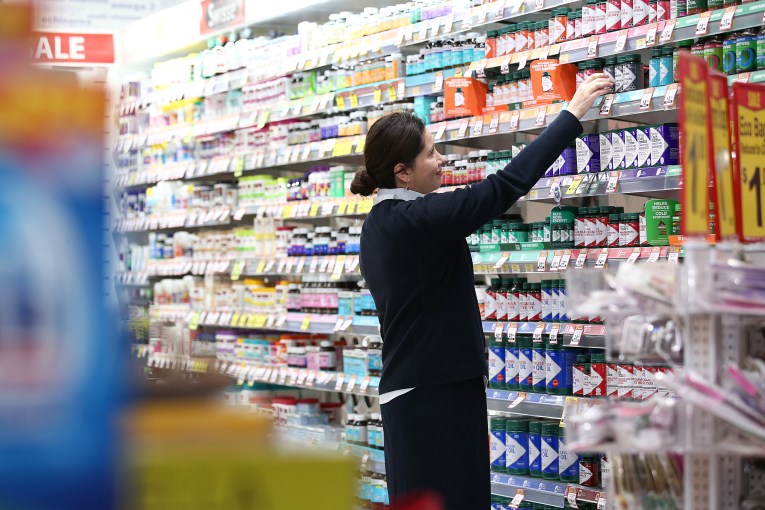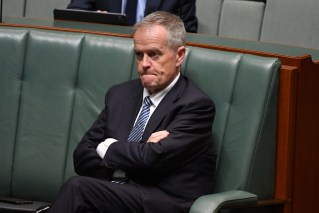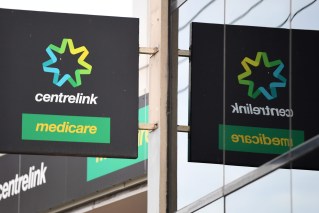How a Gladstone clean energy project will help put the fizz in your beer
A planned $1 billion hydrogen project for Gladstone could be the thing that puts fizz in your beer.


Australia Future Energy, headed by Edek Choros, was founded seven years ago to develop plans for large-scale coal gasification projects converting waste coal to urea and synthetic gas. It has now signed a memorandum of understanding with Japanese company Itochu to progress a blue hydrogen project using coal as the feedstock.
It plans to capture the CO2 and onsell it to the food industry where it is used in soft drinks and beer and also in food preservation.
The project is close to starting front-end engineering and design and needs about $US20 million to get to a financial investment decision. If things go right, Itochu could provide “a chunk” of that funding according to AFE chief executive Kerry Parker. Itochu could also invest further in the company.
The big benefit for AFE is its cost of production which is significantly lower than the green hydrogen projects, but those green projects will be aiming to get substantial subsidies from the State Government’s newly announced $1 billion hydrogen fund.
Green hydrogen uses water as a feedstock and renewable energy as the catalyst, but as yet it can’t be produced at a commercially viable cost. However, is gathering significant support from governments around the world.
“But we have the significant advantage of scale and cost,” Parker said.
AFE plans production of 91,000 tonnes of hydrogen initially. But it will also produce about 230,000 tonnes of ammonia and 14 petajoules of gas.
“To compare that to the current green projects that are being proposed, they are going to produce anywhere between 500 and 5000 tonnes per annum. So we are exponentially greater,” he said.
“Our cost of production will be $US1.50 a kilo compared to the current green hydrogen projects which are around $US6 to $US8 a kilo and it is our view they will get down to about $US3 over time.
“We are just utilising technology that is already at scale and been developed over a number of years as opposed to the green projects that are still in that scale-up stage. And is also a cheaper feedstock.
“We are now at a turning point for the Gladstone Energy and Ammonia Project. Potential international investment in the project, from a party as credible as Itochu, demonstrates its long-term viability and profitability.
“Itochu Corporation has a history of shrewd energy and resource investments in Australia and we are incredibly proud to partner with them on this important project.
“They have done extensive due diligence on every facet of the technology of the past seven or eight months and leading up to the negotiations over the signing of the document. We see it as a significant document, a significant event.
“This announcement also takes us a step closer to delivering long-term job opportunities for Central Queensland through the delivery of low carbon energy alternatives. AFE’s Gladstone development will also act as a major enabler and aggregator of smaller-scale green hydrogen projects being proposed at present in and around the Gladstone region.
“All of the CO2 is captured, pre-combustion and it’s food grade. We have developed markets for that. About a third will go into the food market in Australia, soft drink, beer, food storage and the balance will go into an advanced manufacturing project that uses CO2.
“The whole food-grade CO2 market in Asia at the moment is worth about $US9 to $US10 billion. And is growing.”
One of hydrogen’s drawbacks is the difficulty in transporting it because it needs huge amounts of pressure and is highly explosive. However, it can be converted to ammonia and safely transported, which AFE plans to do.
Parker said the initial project could probably take another 15,000 to 20,000 tonnes of locally-produced green hydrogen into its system.
“We have ample capacity.”
The MOU is will allow the two companies to explore the marketing of the ammonia and also work together on the integration of green hydrogen and renewable energy. The project could be operational by 2024.












